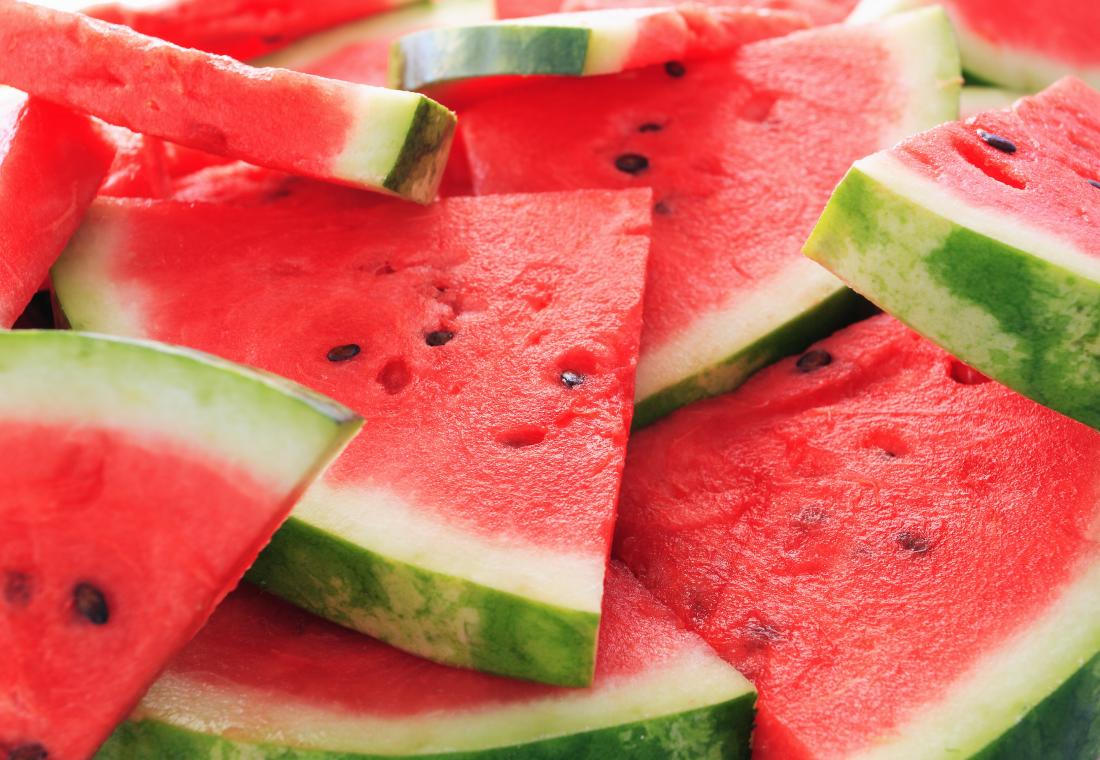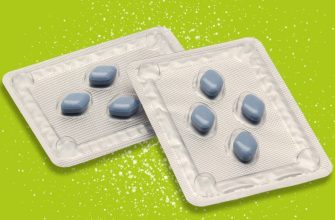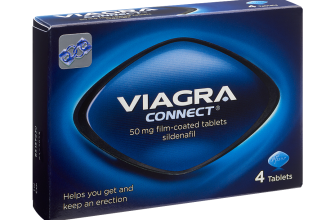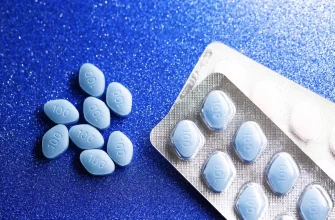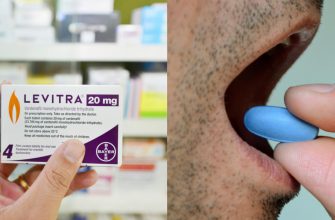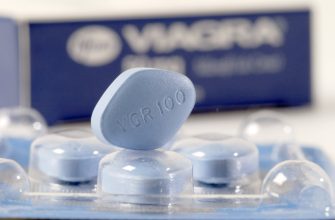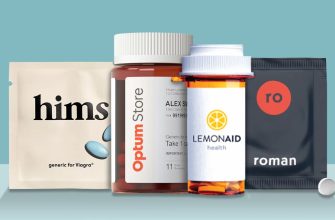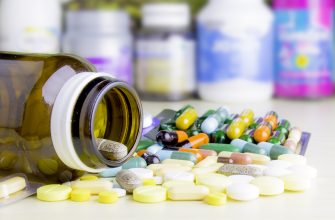No, Viagra is not made from watermelon. Citrulline, an amino acid found in watermelon, does contribute to nitric oxide production, which plays a role in blood vessel dilation – a similar mechanism to how Viagra works. However, the concentration of citrulline in watermelon is significantly lower than the concentration of the active ingredient in Viagra, sildenafil citrate. Therefore, eating watermelon won’t produce the same effect.
While watermelon can offer some health benefits due to its citrulline content, including potentially supporting cardiovascular health, it’s crucial to understand the difference in potency. The amount of watermelon one would need to consume to achieve a comparable effect to Viagra would be unrealistic and potentially harmful due to excessive sugar and water intake.
Consider this: Viagra is a pharmaceutical drug developed and regulated through rigorous clinical trials. Its precise dosage and effects are carefully controlled. In contrast, the amount of citrulline in watermelon varies depending on factors like ripeness and growing conditions. Relying solely on watermelon for erectile dysfunction treatment is not a viable or safe alternative to prescribed medication.
Always consult a healthcare professional before starting any new treatment for erectile dysfunction or other health concerns. They can provide personalized advice and guidance based on your individual health status and needs.
- Is Viagra Made From Watermelon?
- Citrulline in Watermelon: A Closer Look
- How Much Citrulline is in Watermelon?
- Citrulline Beyond Watermelon
- Citrulline Conversion to Arginine: The Key Process
- Enzymes Involved
- Factors Affecting Conversion
- Practical Implications
- Further Research
- Arginine’s Role in Nitric Oxide Production
- NOS Isozymes and NO Production
- Factors Affecting Arginine Conversion
- Impact on Vascular Function
- Nitric Oxide and Blood Vessel Relaxation
- NO’s Mechanism of Action
- Factors Affecting NO Production
- Consequences of Impaired NO Production
- Dietary Strategies for NO Support
- Viagra’s Mechanism of Action: Comparison to Watermelon
- Key Differences: Potency and Direct Action
- Practical Implications: Don’t Expect Miracles
- Further Research: Ongoing Studies
- The Scientific Evidence: Does Watermelon Mimic Viagra?
- The Nitric Oxide Connection
- The Reality Check
- Watermelon’s Limitations: Why It’s Not a Viagra Replacement
- Potential Benefits of Watermelon Beyond Erectile Dysfunction
- Hydration and Muscle Recovery
- Antioxidant Properties and Skin Health
Is Viagra Made From Watermelon?
No, Viagra is not made from watermelon. Viagra’s active ingredient, sildenafil, is a synthetically produced pharmaceutical compound.
However, watermelon contains citrulline, an amino acid that the body converts to arginine. Arginine is a precursor to nitric oxide, a molecule that relaxes blood vessels, similar to how sildenafil works. This leads to the common misconception.
Here’s what you need to know:
- Viagra: A prescription medication with a precisely defined dosage and effects.
- Watermelon: A fruit containing citrulline, which indirectly contributes to nitric oxide production, but with significantly less potency than sildenafil.
While watermelon might offer some mild vasodilatory effects, it’s not a substitute for Viagra. If you experience erectile dysfunction, consult a doctor for proper diagnosis and treatment. They can help determine the underlying cause and recommend appropriate options.
- Seek professional medical advice. Don’t self-treat.
- Discuss your options with a healthcare provider. Several treatments exist beyond Viagra.
- Understand the risks involved in using unproven remedies.
In short: Watermelon and Viagra share a common pathway concerning blood vessel dilation, but their potency and effectiveness differ dramatically. Rely on medical professionals for accurate information and treatment.
Citrulline in Watermelon: A Closer Look
Watermelon contains citrulline, a non-essential amino acid. Your body converts citrulline into arginine, an amino acid crucial for nitric oxide production. This nitric oxide relaxes blood vessels, potentially improving blood flow.
How Much Citrulline is in Watermelon?
The citrulline content varies depending on factors like watermelon type and ripeness. Generally, a cup of cubed watermelon (approximately 152 grams) provides around 1.5 grams of citrulline. Choosing ripe, red watermelon maximizes citrulline intake.
Citrulline Beyond Watermelon
While watermelon is a good source, citrulline also exists in other foods like cucumbers and squash. Supplements are available, but always consult your doctor before starting any new supplement regimen. Dosage recommendations vary.
Citrulline Conversion to Arginine: The Key Process
Watermelon’s citrulline benefits hinge on its conversion to arginine. This conversion isn’t immediate; it requires enzymatic action.
Enzymes Involved
- Citrulline is first processed by argininosuccinate synthetase.
- This enzyme combines citrulline with aspartate to create argininosuccinate.
- Argininosuccinate lyase then splits argininosuccinate, producing arginine and fumarate.
The efficiency of these enzyme reactions varies based on individual factors, including diet and overall health. Supplementing with citrulline may increase arginine levels, but the degree of conversion depends on several factors.
Factors Affecting Conversion
- Enzyme activity: Genetic variations can influence enzyme production and efficiency.
- Dietary intake: Other nutrients and their interaction impact enzyme function.
- Gut health: Optimal digestion is crucial for nutrient absorption and enzyme activity.
- Kidney function: The kidneys play a role in arginine metabolism.
Practical Implications
While watermelon is a good source of citrulline, it’s not solely responsible for arginine production. The body’s ability to convert citrulline efficiently is a significant consideration when evaluating its impact on health and physiological functions.
Further Research
More research is needed to fully understand the nuances of citrulline-to-arginine conversion and optimize its potential health benefits.
Arginine’s Role in Nitric Oxide Production
Arginine acts as a precursor for nitric oxide (NO) synthesis. The enzyme nitric oxide synthase (NOS) converts L-arginine into L-citrulline, releasing NO in the process.
NOS Isozymes and NO Production
Three NOS isozymes exist: endothelial NOS (eNOS), neuronal NOS (nNOS), and inducible NOS (iNOS). eNOS and nNOS produce NO constitutively, regulating blood vessel tone and neurotransmission. iNOS, however, is induced by inflammatory stimuli and produces large amounts of NO, impacting immune responses. This difference in NO production significantly affects the body’s physiological responses.
Factors Affecting Arginine Conversion
Several factors modulate arginine’s conversion to NO. These include NOS activity levels, substrate availability (arginine levels), and the presence of NOS inhibitors or cofactors like tetrahydrobiopterin (BH4). Dietary arginine intake can influence circulating arginine levels, impacting NO production capacity. Adequate BH4 is also critical; its deficiency reduces NO production.
Impact on Vascular Function
NO, produced from arginine, plays a key role in vascular dilation. Increased NO levels lead to vasodilation, improving blood flow. This effect is crucial for maintaining healthy blood pressure and cardiovascular function. Conversely, reduced NO production contributes to vascular dysfunction.
Nitric Oxide and Blood Vessel Relaxation
Nitric oxide (NO) plays a critical role in blood vessel relaxation, a process called vasodilation. This happens because NO acts as a signaling molecule, triggering a cascade of events that ultimately leads to widening of blood vessels.
NO’s Mechanism of Action
NO stimulates the production of a molecule called cyclic guanosine monophosphate (cGMP) within the smooth muscle cells lining blood vessels. Increased cGMP levels cause these muscles to relax, allowing the vessels to expand and improve blood flow.
Factors Affecting NO Production
Several factors influence NO production. Dietary nitrates, found in foods like beetroot and spinach, are converted to nitrites and then NO in the body, contributing to vasodilation. Physical activity also boosts NO production, further enhancing blood flow.
| Factor | Effect on NO Production |
|---|---|
| Dietary Nitrates | Increases NO production |
| Physical Activity | Increases NO production |
| Certain Medications | May increase or decrease NO production, depending on the medication. |
Consequences of Impaired NO Production
Reduced NO production can lead to impaired vasodilation, potentially contributing to conditions like hypertension and erectile dysfunction. Maintaining adequate levels of NO is therefore beneficial for cardiovascular health.
Dietary Strategies for NO Support
Incorporating nitrate-rich vegetables into your diet is a simple way to support NO production naturally. A balanced diet and regular exercise further enhances overall health, promoting healthy NO levels.
Viagra’s Mechanism of Action: Comparison to Watermelon
Viagra, or sildenafil, inhibits an enzyme called phosphodiesterase-5 (PDE5). This boosts levels of cGMP, a molecule that relaxes blood vessels in the penis, leading to improved blood flow and facilitating erections. Watermelon, on the other hand, contains citrulline, an amino acid. The body converts citrulline to arginine, a precursor to nitric oxide (NO). NO, like cGMP, also relaxes blood vessels.
Key Differences: Potency and Direct Action
The crucial difference lies in potency and mechanism. Viagra directly and powerfully inhibits PDE5, causing a significant and targeted increase in cGMP. Watermelon’s effect is indirect and much weaker; the citrulline-arginine-NO pathway produces a less pronounced vasodilatory effect.
Practical Implications: Don’t Expect Miracles
While watermelon’s citrulline may offer some mild vasodilatory benefits, it’s not a substitute for Viagra. Consider Viagra a targeted pharmaceutical intervention, while watermelon provides a natural, but significantly less potent, contribution. Consult a doctor before using Viagra or making significant dietary changes.
Further Research: Ongoing Studies
Research continues to explore the potential benefits of citrulline and arginine supplementation, but conclusive evidence regarding their impact on erectile dysfunction remains limited. Current scientific consensus supports Viagra’s efficacy far beyond watermelon’s.
The Scientific Evidence: Does Watermelon Mimic Viagra?
Watermelon contains citrulline, an amino acid the body converts to arginine. Arginine boosts nitric oxide production. Nitric oxide relaxes blood vessels, improving blood flow, similar to how Viagra works.
The Nitric Oxide Connection
Studies show that consuming watermelon can increase blood plasma arginine levels. However, the amount of citrulline in watermelon needed to significantly impact nitric oxide levels and achieve a Viagra-like effect is considerably high. While watermelon may offer some mild vasodilation, expecting a potent effect comparable to Viagra is unrealistic.
The Reality Check
While the science suggests a potential link between watermelon and improved blood flow, the effect is far less pronounced than that of pharmaceutical Viagra. Watermelon is a healthy food, but it’s not a Viagra substitute. For erectile dysfunction, consult a doctor for appropriate treatment options.
Watermelon’s Limitations: Why It’s Not a Viagra Replacement
While watermelon contains citrulline, a precursor to arginine which can relax blood vessels, it doesn’t replicate Viagra’s effects. The citrulline conversion to arginine is inefficient, and the amount in watermelon is insufficient to produce a clinically significant effect on erectile dysfunction.
Viagra, on the other hand, directly inhibits PDE5, an enzyme that regulates blood flow in the penis. This targeted action ensures a powerful and predictable effect. Watermelon lacks this specific mechanism.
Furthermore, individual responses to citrulline vary considerably. What works for one person might not work for another. Consistent, measurable results are not guaranteed with watermelon consumption.
Finally, relying solely on watermelon for ED treatment is risky. It’s crucial to consult a doctor for proper diagnosis and treatment. Ignoring underlying health issues could worsen the condition.
In short, while watermelon might offer some minor vasodilatory benefits, it’s not a substitute for medically proven treatments like Viagra. Always prioritize medical advice for erectile dysfunction.
Potential Benefits of Watermelon Beyond Erectile Dysfunction
Watermelon’s citrulline content boosts nitric oxide production, improving blood flow. This benefit extends beyond erectile function, supporting cardiovascular health. A study published in the Journal of Nutritional Biochemistry showed improved blood vessel function in participants consuming watermelon extract.
Hydration and Muscle Recovery
Watermelon’s high water content aids hydration, crucial for physical performance and recovery. Its electrolytes help replenish fluids lost during exercise. Research suggests watermelon consumption can reduce muscle soreness after intense workouts, potentially shortening recovery time.
Antioxidant Properties and Skin Health
Watermelon is rich in lycopene, a potent antioxidant linked to reduced risk of certain cancers and improved skin health. Lycopene protects skin cells from sun damage, contributing to a healthy complexion. Consider incorporating watermelon into your diet for a natural boost of antioxidants.

